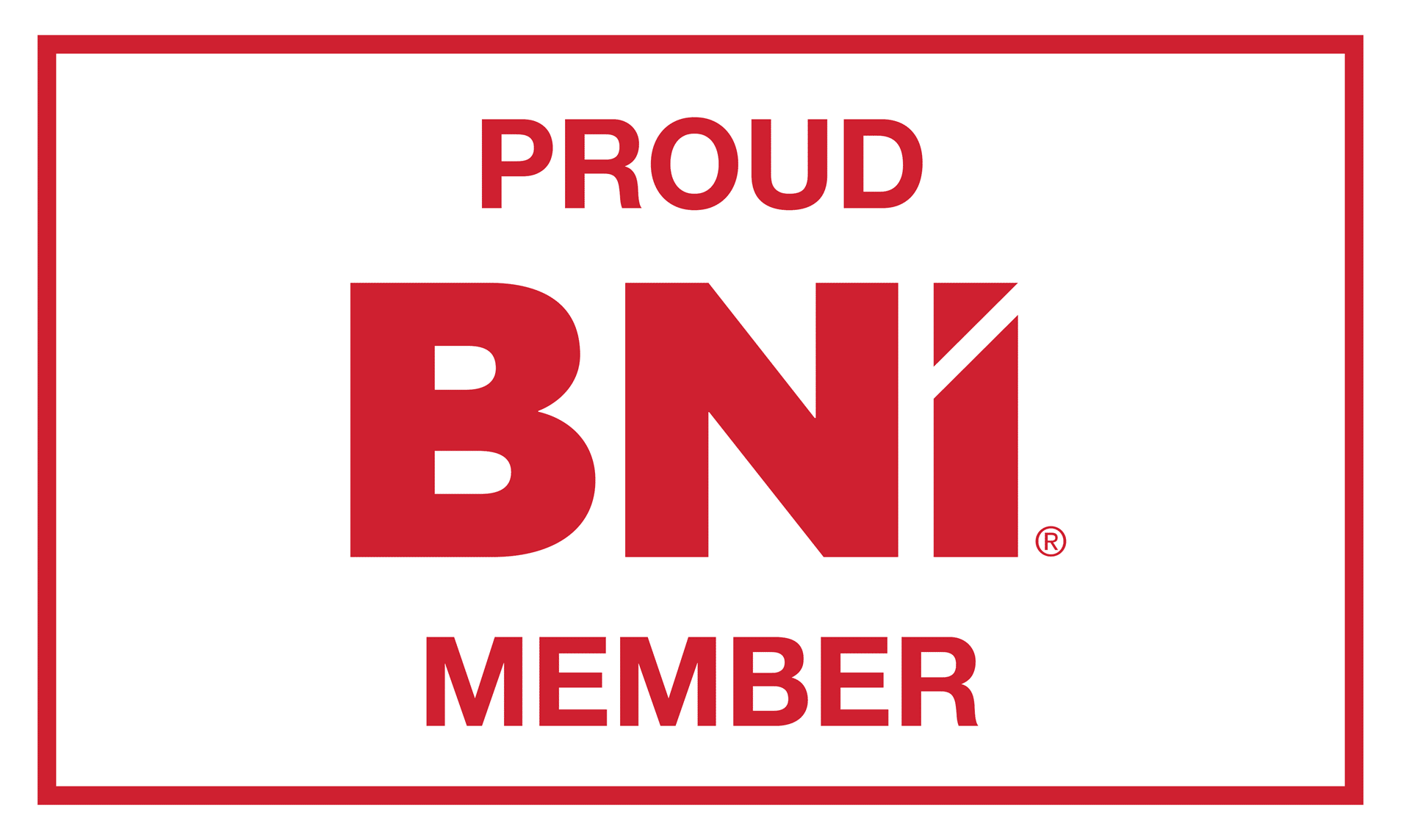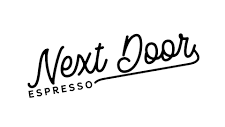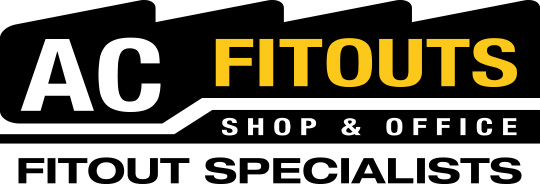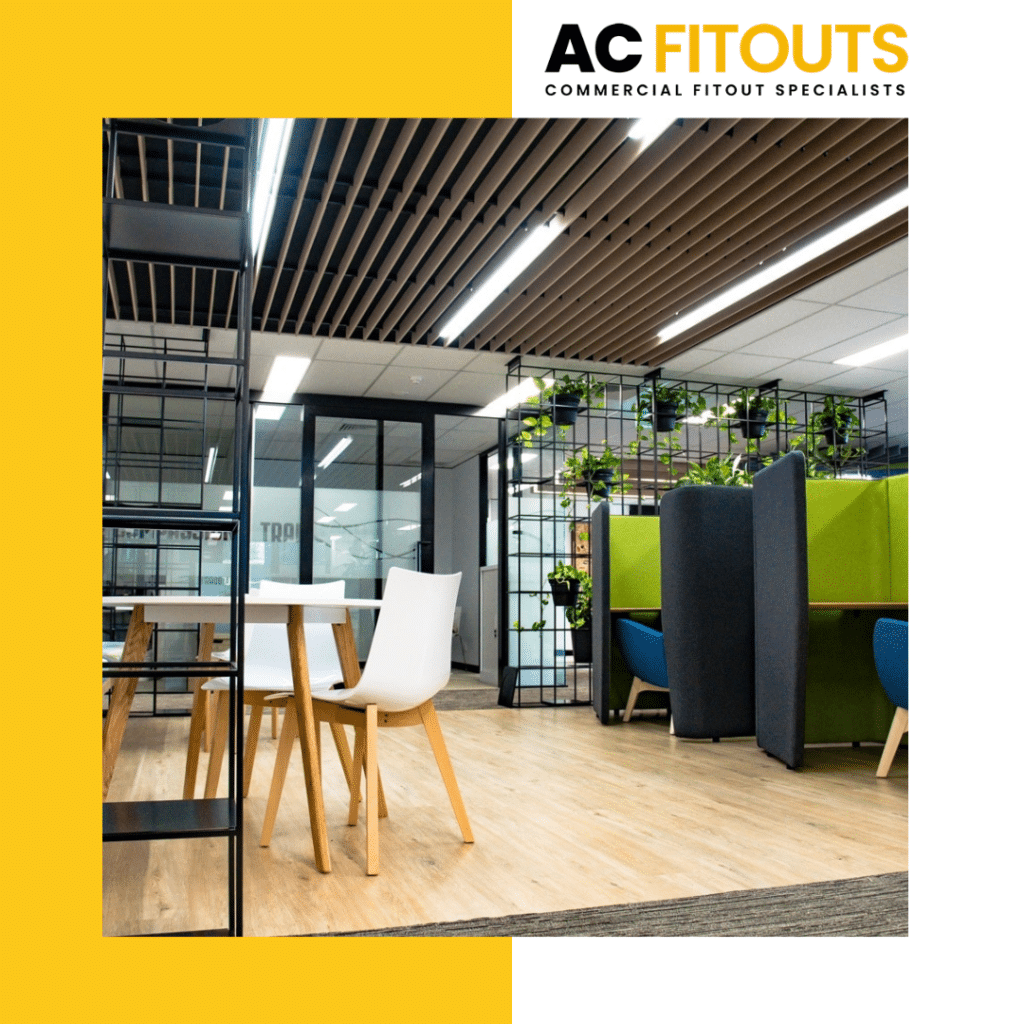New owners want their café to look good and feel good.
They know they need to offer fantastic coffee and great food.
Cafes also need to work well.
So let’s track a few points often ignored in setting up a café.
Back of House Deliveries:
Work out where deliveries of kitchen needs will take place away from the eyes of customers.
Where will dry goods come in?
Where will refrigerated goods enter?
Is there a trouble-free and logical path to follow for delivery contractors to use?
Hint: Make sure the flow of food is in one direction from receipt to storage, to prep, to packaging to serving to disposal of leftovers to ensure there’s no food contamination.
And don’t treat the back of house as a graveyard for old furniture or defunct appliances, making a path for delivery difficult .
Waste Management:
Make sure there is space out the back allocated for separate waste containers for all anticipated waste like cardboard, glass, general waste, food waste, cooking oils.
There will need to be a bin washing area set aside for proper cleaning to happen – a point easily missed.
If your café requires a grease trap, all drains, sinks, dishwashers and bin wash areas must be connected to it.
The trap must be cleaned out by a licensed liquid waste transporter who needs to remove the entire contents of the grease trap and dispose of the waste in accordance with the regulatory requirements.
Hint: Talk to your landlord/agent about what is currently in place before you sign up and if one isn’t, then at first, investigate the cost of installing a grease trap.

The counter flow:
It’s the place where you greet the customer, take the order and the payment.
It shouldn’t be a log-jam.
Create a free-flowing space at the counter by having a logical path which tracks the ordering point to payment point to table or to waiting area.
Make sure you have customers wait away from the counter in a pleasant place, to free up space. A point easily missed.
Hint: When you’re creating a floor layout, draw a track from the front door to the counter then across in front of the counter area, imitating a logical customer path.
Follow it through to the table seating zone or takeaway area.
It’s an easy way of working out the best and most free-flowing pathway.
Staff Flow:
Employees need to do their job well and efficiently, so by thinking hard about their movements, and the ergonomics of your kitchen, try to minimise fatigue and reduce staff injury by reducing the number of steps from kitchen to table, to back of house and so on.
Try to remove risks associated with wet, slippery floors, deep frying equipment or sharp objects by vigilant controls.
Avoid cluttering up work areas and floors, enforce the wearing of appropriate footwear, keep stairs and floors clean and dry.
Never place power chords across benches or walkways. Points easily missed.
Offer detailed training on the handling of any appliances, hot equipment, oil disposal for instance.
Consider how and where employees enter and exit the premises, where they change into uniforms and where they store their personal belongings. A point easily missed.
These are points often missed but are important for staff well being.
Hint: Get yourself up to speed with all workplace rules and regs for the hospitality industry to look after your staff and avoid any unintentional breaches.
So get these often ignored points sorted before opening the doors to start trading.
Then you can concentrate on running the business and offering great food and service.






































